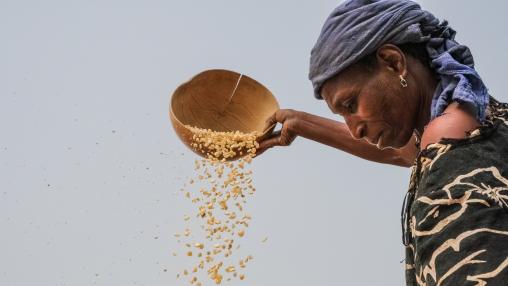
FAO Food Index Continues to Rise
The FAO Food Price Index continued to rise in November, up 1.2 percent from the previous month and 27.3 percent from November 2020. This increase, driven mostly by rising cereal and dairy prices, brought the Index to its highest level since June 2011.
Innovating Today for the Food System of Tomorrow
Across the food and agriculture supply chain, stakeholders are coming together to find new ways to ensure food security, advance sustainable development, address climate change, and safeguard biodiversity. This session will explore how producers, NGOs, governments and more are working together to launch new solutions, from advancements in regenerative agriculture to sustainable, plant-based products, that are strengthening the resilience of the global food system and ensuring an abundant future.
High-Level Political Forum on Sustainable Development (HLPF) in 2021
The high-level political forum on sustainable development (HLPF) is the core United Nations platform for follow-up and review of the 2030 Agenda for Sustainable Development and its 17 Sustainable Development Goals.
The meeting of the HLPF in 2021 was held from Tuesday, 6 July, to Thursday, 15 July 2021, under the auspices of the Economic and Social Council. This included the three-day ministerial meeting of the forum from Tuesday, 13 July, to Thursday, 15 July 2021.
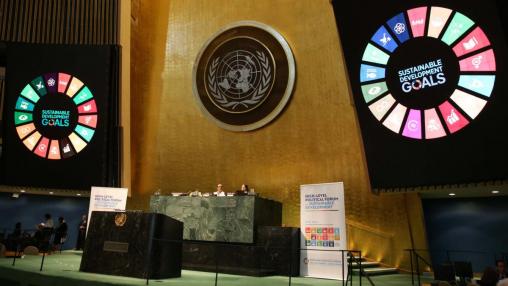
Progress and challenges in achieving zero hunger and food security for all
The world continues to face the challenge of ending hunger and malnutrition (undernutrition and obesity) in all its forms. The progress made towards reducing hunger in the last two decades has been reversed, especially due to economic slowdown and geographic closures caused by the COVID-19 pandemic during which food security, nutrition, poverty reduction and agricultural productivity—all have suffered.

G20 Matera Declaration calls for investing more and better in food systems to achieve Zero Hunger
This post originally appeared on IFPRI.org, by Swati Malhotra and Rob Vos.
Global hunger has been on the rise since 2014, and the world is not on track to achieve the goal of Zero Hunger (SDG2). If current trends continue without concerted and collaborative actions to tackle the challenge, 840 million people will come under the grip of hunger by 2030. The COVID-19 pandemic has worsened the situation, especially in low- and middle-income countries, where compounding effects—conflict, economic downturns and shocks, and climate variability—are causing distress.
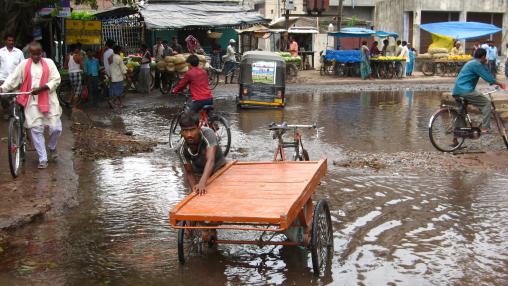
The world is not on track to end hunger: 2021 SOFI report released
Our window of opportunity for achieving SDG 2 — eradicating hunger and malnutrition and ensuring access to safe, nutritious, and sufficient food for all by 2030 — is closing rapidly. However, far from moving closer to that goal, the world has seen a resurgence of hunger and food insecurity.
Financing food systems transformation
In the run-up to the UN Food Systems Summit, excitement is building around game-changing solutions emerging from the Action Tracks and country policy priorities identified in national dialogues. Development of these solutions is benefiting from the lens of the five UNFSS cross-cutting levers and the evidence-based focus provided by the Scientific Group. But implementation will depend on countries’ ability to access and adequately utilize funding for food systems transformation.
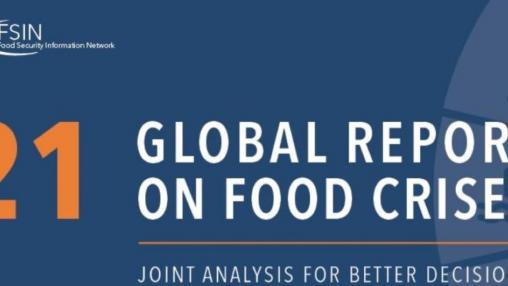
Global Report on Food Crises 2021: Building resilience can prevent crisis and conflict
This blog was originally posted on IFPRI.org. It was written by Swati Malhotra and Alexandria Richter.
More than 155 million people experienced acute food insecurity at crisis level or worse around the world in 2020, an increase of 20 million from 2019 and a five-year high, as the COVID-19 pandemic compounded economic shocks, conflicts, and climate and severe weather impacts, estimates the 2021 Global Report on Food Crises (GRFC).
Webinar: Value Chain Development and The Poor: Promise, delivery, and opportunities for impact at scale
In recent years, value chain development (VCD) in the agrifood system has been hailed as a practical way to expand market access for smallholder producers, reduce poverty, enhance environmental sustainability, and improve food security and gender equity. Despite significant investments in VCD from governments, donors, and NGOs, however, evidence regarding the effectiveness of VCD interventions in addressing these important development goals remains lacking.
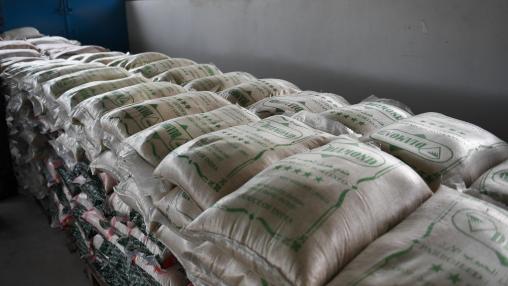
FAO, AMIS Report Ongoing Price Increases, Warn of Potential Price Volatility
The FAO Food Price Index continued its 11-month climb in April, rising by 1.7 percent from March 2021. The Index also surged 30.8 percent above its April 2020 levels to reach its highest level seen since May 2014.